
OR
Opinion
Reforming Electricity Tariff in Nepal
Published On: November 27, 2021 01:59 PM NPT By: Dr Ram Prasad Dhital
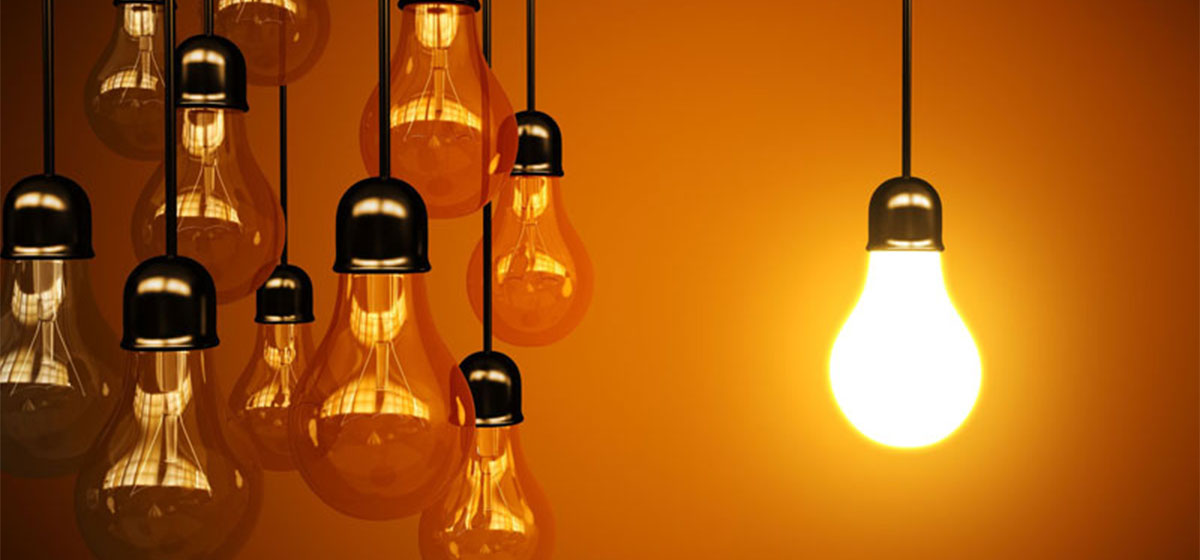
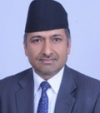
Dr Ram Prasad Dhital
The author is a member, Electricity Regulatory Commission Nepal.news@myrepublica.com
More from Author
Nepal’s lifeline tariff should be restructured in a manner that affordable electricity service is extended to the economically-disadvantaged population and incentivize them to switch from the existing biomass cooking to cleaner electrical cooking.
With the recent commissioning of the Upper Tamakoshi Hydroelectric Project (456 MW), Nepal’s largest hydropower project till date, Nepal has recorded power surplus even during the peak hours between 7PM and 8PM. While Nepal’s total installed capacity has crossed 2,000MW, the peak demand stands at around 1,500 MW.However, as the majority of the hydropower plants are run-of-river, despite the power surplus in the rainy season, Nepal still needs to import power from India to meet its internal demand during winter. This issue of managing surplus power during summer and deficit power during winter has been addressed to a certain extent, recently with Nepal’s entry into the Indian power exchange for both purchase and sales of electricity through Indian Energy Exchange (IEX), a competitive trading platform.
However, Nepal must float competitive energy prices in the trading platform in order to reap benefits from the power exchange facilities. If Nepal’s prices are not competitive, a beneficial power trade is not possible, instead it can result in the spill of energy. This will also negatively impact the financial health of Nepal Electricity Authority (NEA) as almost all the Power Purchase Agreements (PPA) are on take or pay basis and, NEA is liable to pay power producers for the generation as per PPA terms. This means Nepal’s power sector will be at risk if all the power generated in the country is not properly utilized.
One way to mitigate this risk is to incentivize electricity consumers to increase consumption through a rational revision of consumer tariff.
Recently, the Electricity Regulatory Commission (ERC), the regulator of the electricity sector of the country which is also authorized to fix the price of electricity, implemented the revised electricity consumer tariff to address the key issues of increased consumption, effective from the consumption of November 17, 2021.
Introduction of seasonal tariff for domestic consumers
One of the major highlights of the revised tariff order was the introduction of seasonal tariffs for domestic consumers. The NEA buys power from producers mostly on a take-or-pay basis and pays them on a seasonal posted rate. The power utility pays power producers a higher rate for the dry season (four-winter months) and a lower rate for the rest of the year. However, on the other side, consumers were compelled to accept a constant tariff for the whole year. With a seasonal power surplus, ERC saw this as an opportunity to introduce the concept of seasonal tariff rates, both in the domestic and commercial spheres. But due to certain constraints beyond the ERC’s control, it was able to implement the revised tariff for 3-phase users only, along with a reduction in tariff by almost Re 1 per unit during the wet season. This type of seasonal tariff is expected to motivate all enterprises to boost consumption and propel Nepal’s economy.
Encourage electric-cooking
Similarly, the Commission was also successful in providing some incentives to the customers that are more likely to involve in electric cooking. A minimum charge for single-phase consumers with 5A-30A meter capacity consuming 151 to 250 units monthly is reduced by Rs 25 per month and energy charges for comparable consumption (for all meter capacity) is lowered from Rs 0.5 per unit from the existing rates. Similarly, single-phase consumers consuming above 400 units monthly will now be charged Rs 25 per month less on minimum charges whereas energy charge is decreased by Re 1 per unit. It is expected that domestic consumers consuming above 100 units monthly will prefer using electric-cooking appliances over LPG (or other fuel-based cooking), provided that the reliable and quality supply of electricity is ensured.
Nevertheless, some consumer groups may need to upgrade to higher capacity meters for shifting toward electric cooking. Keeping this in mind, no additional amount is charged if a consumer wants to upgrade the capacity of his/her meter to encourage consumption. The ERC has adopted an ‘inclined block tariff’ at present, but the slope is less steep when one consumes more electricity. Because of the progressive nature of the tariff, all consumers benefit from discounted rates for lower slabs. The recent tariff order has also reduced the consumption slab from nine to six.
Reduced tariff for irrigation
Although the agriculture sector contributes around one-third of the nation's GDP, the sector is heavily dependent on monsoon as only 38% of the arable land has year-round irrigation facilities. To encourage farmers to use electricity for irrigation, the irrigation sector tariff has been substantially reduced. It is expected that the revised tariff will not only increase energy consumption in the agriculture sector but also aid farmers to improve their livelihoods by increasing agricultural production.
Incentivize industrial consumption
Last year, the ERC had removed the trunk-line and dedicated-feeder tariff for industrial consumers. In this year's review, industrial users were under an apprehension that the ERC might increase the demand charge by Rs 100 per-kVA per month for all industrial consumers as was proposed by the NEA. While assessing the annual revenue required for the NEA and the cost of services in providing electricity to its consumers, the ERC found no evidence to support the NEA’s proposal of additional demand charge. Moreover, the proposal was not in line with the government’s strategy to increase overall consumption. Thus, the tariff for industrial users is kept as it is and, it is expected that industrial power consumption will increase and the retail price for industrial products will be reduced.
Way forward
Moving ahead, Nepal’s lifeline tariff should be restructured in a manner that affordable electricity service is extended to the economically-disadvantaged population and incentivize them to switch from the existing biomass cooking to cleaner electrical cooking. A comprehensive study on lifeline tariff and restructuring the consumption slabs in the household category may help in determining the most suitable tariff. In addition, a feasibility study to implement the Time of Day and seasonal tariff at the domestic level is insistently required to design appropriate tariff levels for domestic consumers. This will be crucial in displacing the charging activity of personal electric vehicles from peak hours to non-peak hours. As Nepal’s power supply has gradually marched toward seasonal surplus, a study on scientific tariffs is required to see if an un-exportable surplus could be sold locally at a promotionally lower rate. Moreover, the impact of the reduced price on NEA's financial health in the long run needs to be assessed.
Additionally, instead of just reducing tariffs, research should be carried out periodically to determine consumers’ willingness to pay for electricity services. These studies serve as vital input points for scientific tariff design and its implementation, including the government's subsidy to the utility.
(The author is a member of Electricity Regulatory Commission Nepal.)
You May Like This
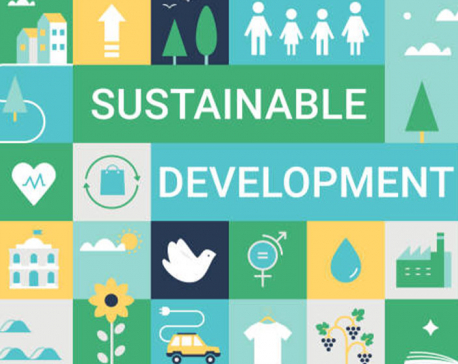
Seven key lessons the development sector learnt in 2021
Despite all odds, there are also wonderful things that happened this year, some big and small, and remarkable factors contributing... Read More...
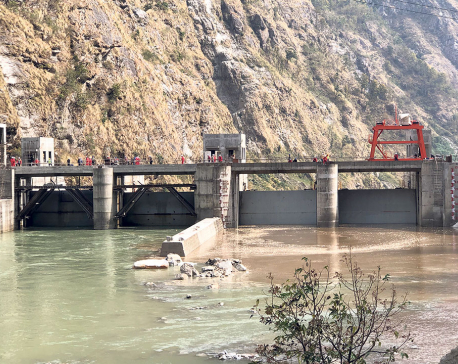
Upper Trishuli 3A to start commercial generation from Monday
RASUWA, Nov 17: The Upper Trishuli 3A Hydropower Project is starting commercial generation of electricity from Monday. The project is... Read More...

Raghuganga hydropower project construction begins
MYAGDI, Sept 17: The infrastructure building of Raghuganga hydropower project with the capacity of 40 MW has begun. ... Read More...

Just In
- Bus carrying Liberty College students meets with accident, 21 injured
- Two arrested for swindling foreign job aspirants out of Rs 8 million
- One person dies while dousing fire in Lalitpur
- Demonstration at KMC Hospital following alleged negligence in patient care
- Karnali Province Cabinet to get full shape today: CM Kandel
- Two arrested while trying to enter Nepal from India with fake Indian currency
- Nepal-India Chamber of Commerce & Industry unveils ‘Investing in Nepal’ handbook to catalyze Indian investment
- NUP’s Tika Thapa appointed as agriculture minister of Sudurpaschim




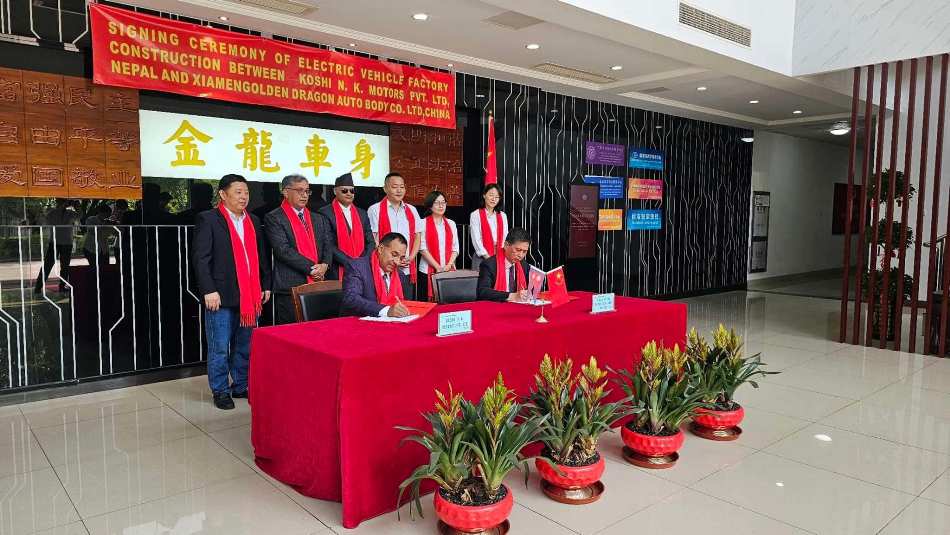
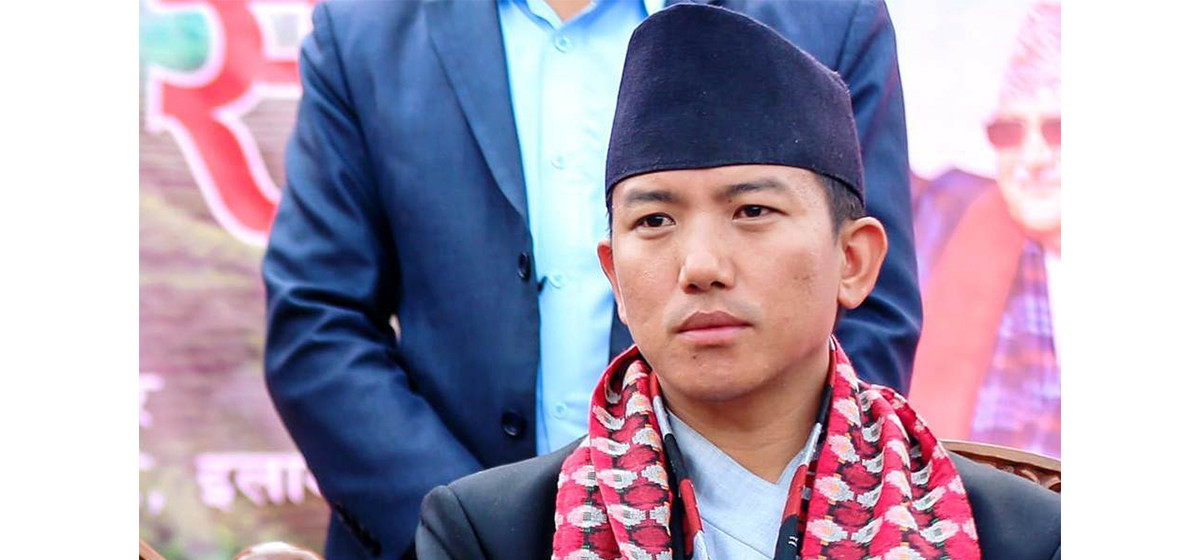


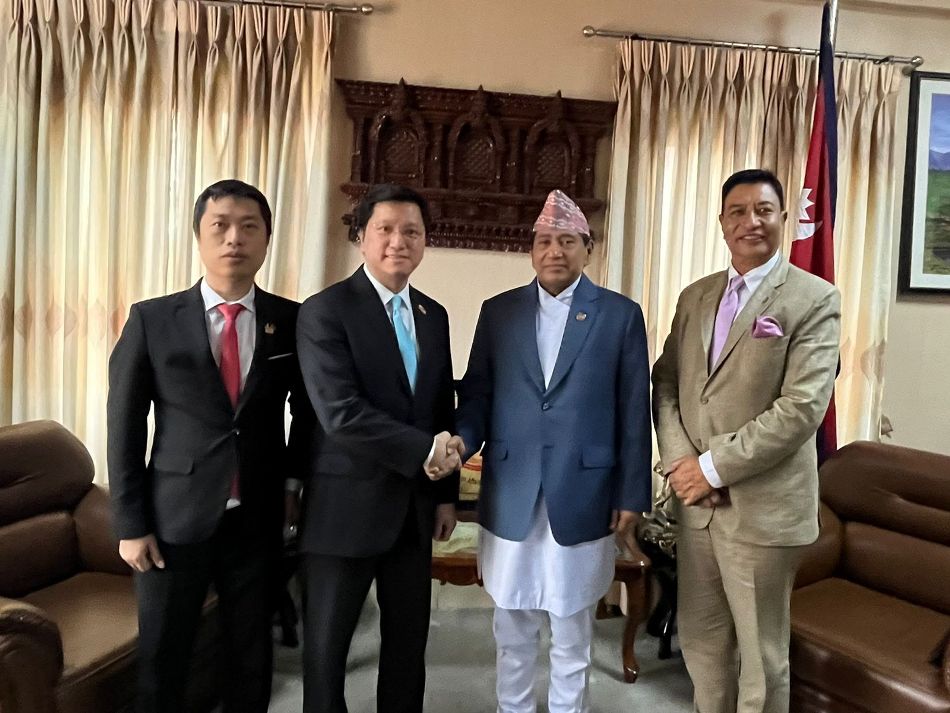
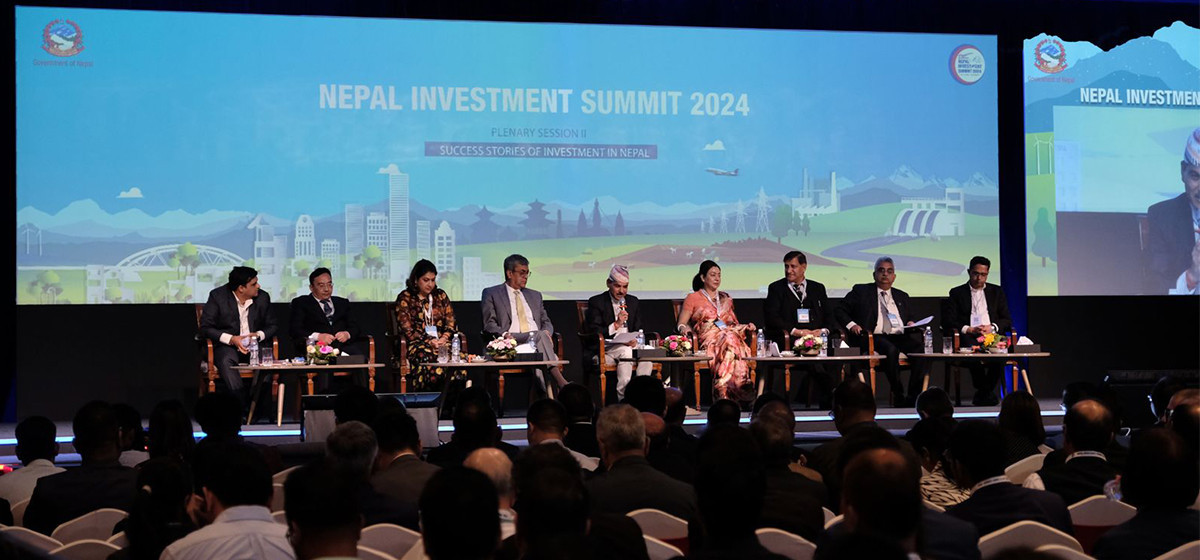
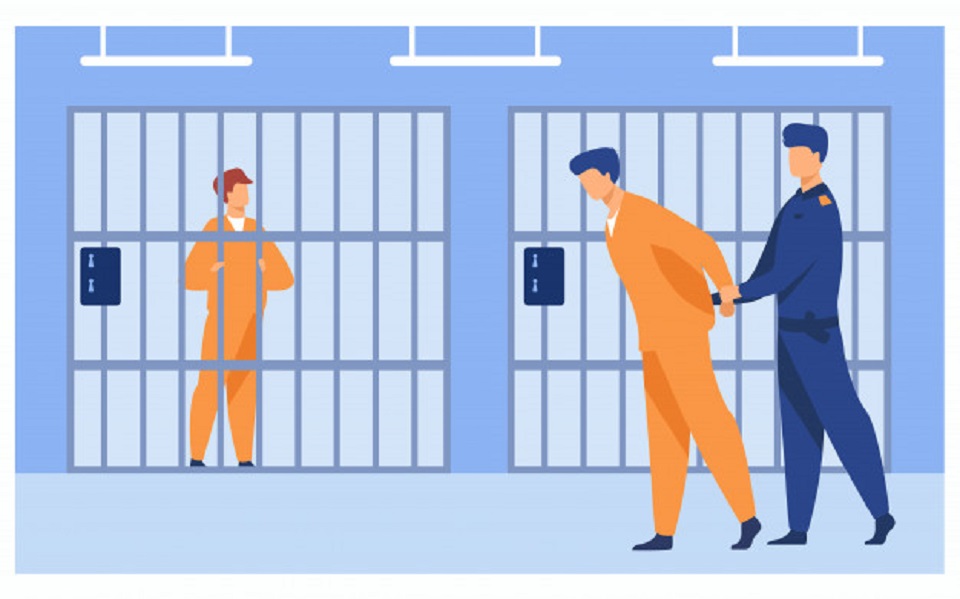
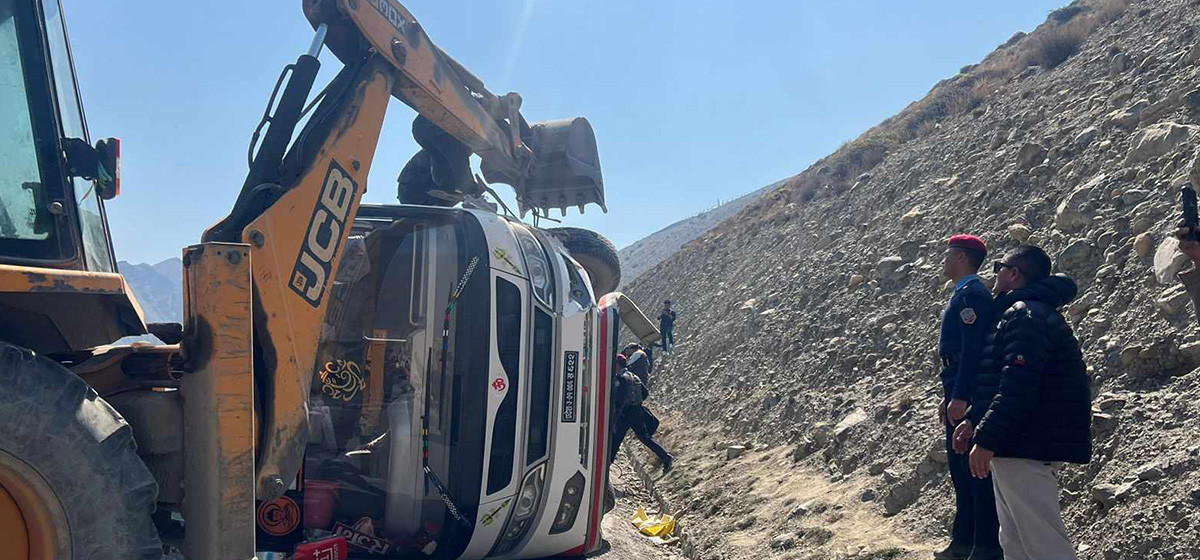

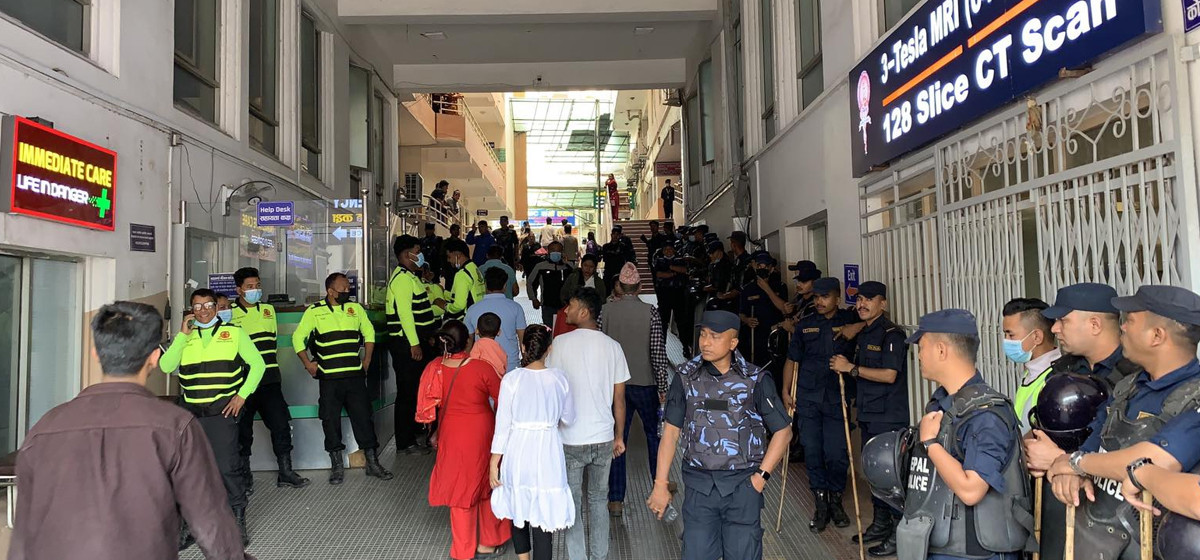

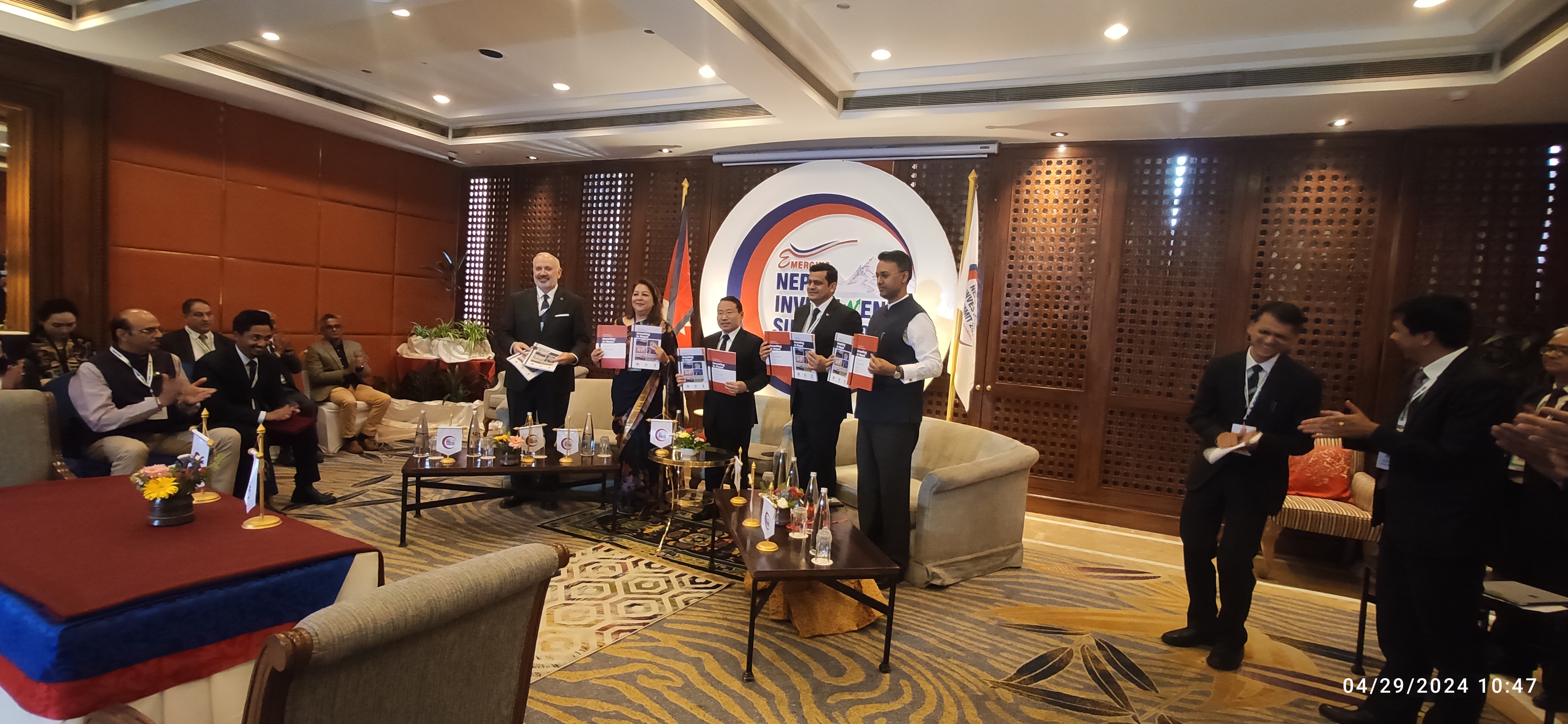
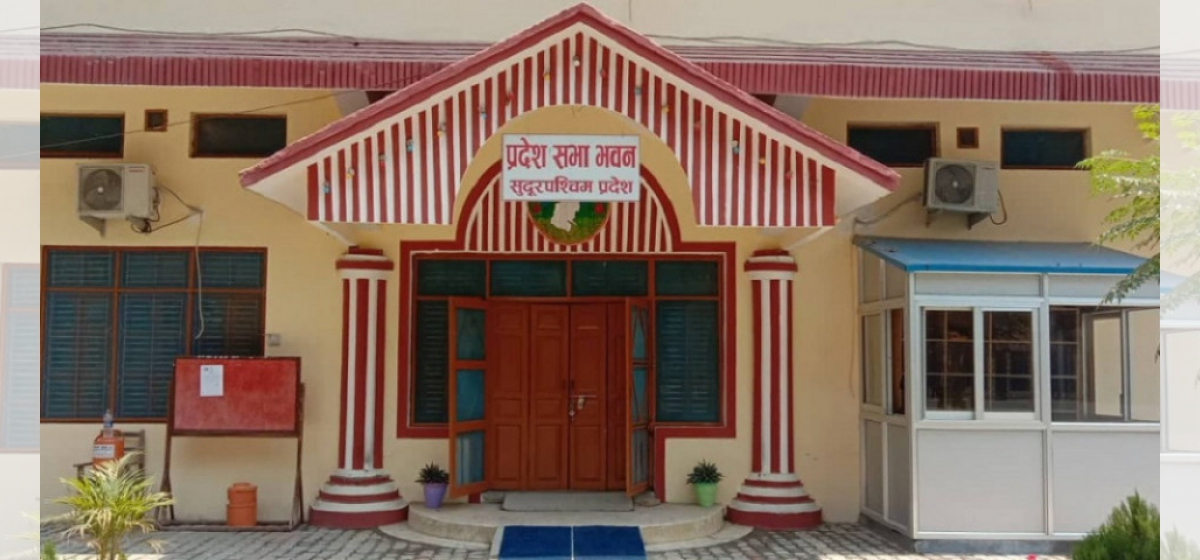
Leave A Comment